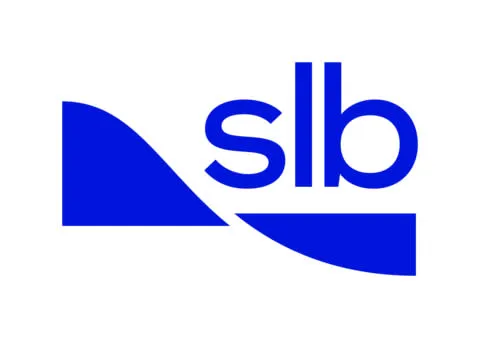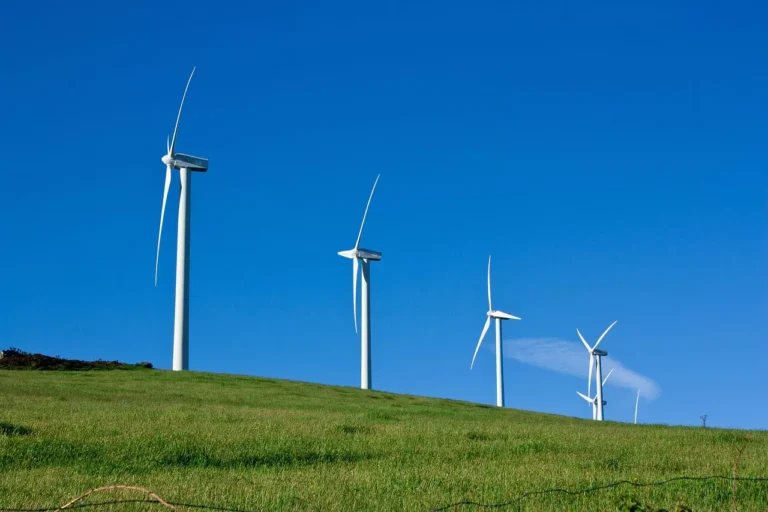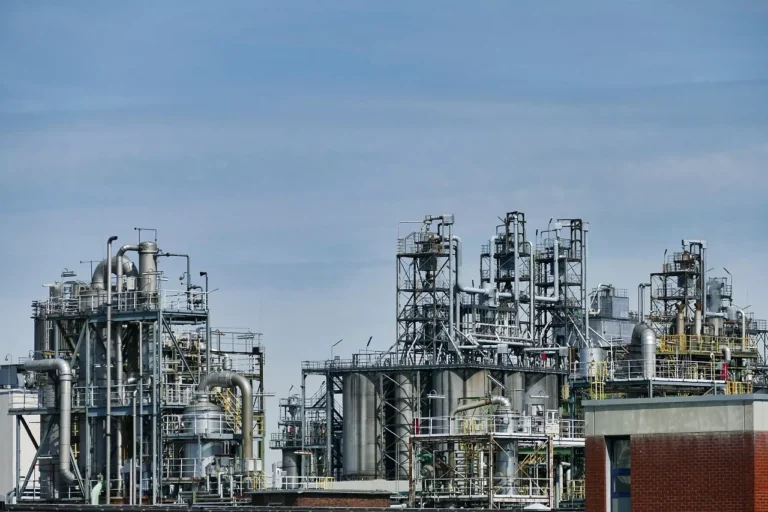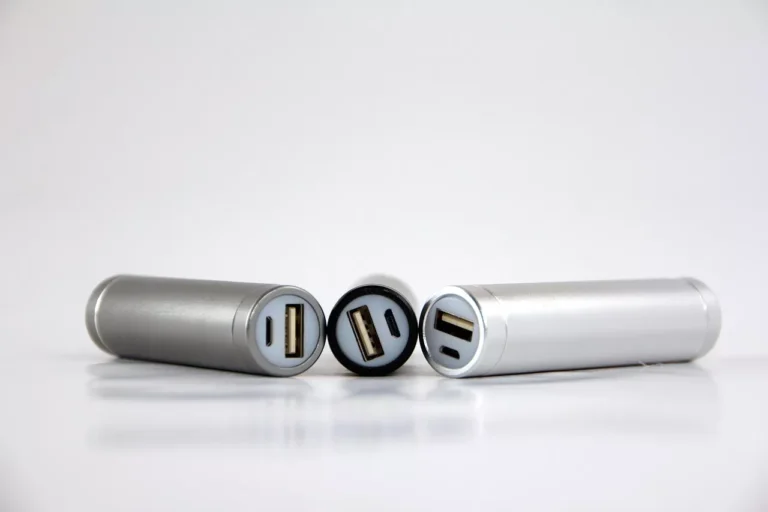
SLB Launches Electris™: A Next-Generation Digital Electric Well Solution to Maximize Oil Recovery and Efficiency
Global energy technology leader SLB (NYSE: SLB) has announced the launch of Electris™, a breakthrough portfolio of digitally enabled electric well completions technologies. This innovative suite is designed to maximize hydrocarbon production and recovery, all while reducing operational complexity and the total cost of ownership (TCO) for operators across the energy sector.
The official launch was made during the Offshore Technology Conference (OTC) in Houston, Texas—an influential gathering of professionals from around the world in the fields of offshore energy, production, and environmental protection. Electris™, one of SLB’s most advanced completions technologies, represents a significant milestone in the digital transformation of oil and gas field development.
What Is Electris™?
At its core, the Electris™ system revolutionizes the way operators interact with and manage reservoir production. Unlike traditional mechanical completions, Electris completions bring full digital control and automation to the productive zones of the wellbore. By digitalizing the entire completions architecture, Electris enables real-time monitoring, control, and optimization of fluid flow at multiple points within a well.
This intelligent approach empowers operators to react dynamically to changing subsurface conditions. With production intelligence accessible at the zone level, operators can anticipate reservoir behavior, adapt flow control, and act rapidly to maintain optimal production rates—without needing expensive and time-consuming interventions.
Tackling the Challenge of Complex Reservoirs
As conventional oil and gas fields mature, the industry faces increasing technical and economic challenges. Many of the “easy” barrels—those located in high-quality, shallow reservoirs—have already been extracted. What remains are more geologically complex and marginal fields, where production is inherently more difficult and less predictable.
Paul Sims, President of SLB’s Production Systems division, emphasized the strategic role Electris can play in such environments:
“Electris completions take reservoir management to the next level—making it possible for operators to get more out of their assets with fewer requirements for costly well interventions,” Sims said. “With much of the ‘easy’ oil already produced, operators are encountering more and more complex reservoirs. Electris completions can help shift the production economics in these reservoirs—resulting in higher recovery factors that maximize return on investment from the asset.”
This shift in production strategy is not just about extracting more oil—it’s about recovering it smarter. Through real-time insights and digital control, SLB Electris minimizes waste, lowers energy use, and improves both environmental and financial performance.
Proven Performance: 100+ Installations and Counting
Electris is not just a concept—it is already delivering results in the field. To date, over 100 installations have been completed across five countries, demonstrating the global applicability and scalability of the technology.
One notable example comes from Norway, where Electris completions were deployed in an extended-reach offshore well. These types of wells, which can span several kilometers horizontally, present serious challenges for conventional completion systems due to difficulties in zone isolation, flow control, and data acquisition. With Electris, the operator was able to isolate specific production zones, monitor output in real time, and actively control water cut—the percentage of water produced with oil—which is often a major barrier to efficiency in aging wells.
By gaining precise control over which zones contribute most to oil production and which are producing unwanted water, the operator was able to optimize oil output while minimizing energy used to handle and re-inject water. This leads not only to better economics but also contributes to lower environmental impact through reduced pumping requirements and water handling emissions.
Key Features of Electris™
The Electris completions portfolio is built around several core technologies and digital tools that together redefine how subsurface assets are managed. These include:
- Digital Zonal Control: Operators can independently manage each reservoir zone, tailoring flow rates and shut-off strategies without physical interventions.
- Real-Time Reservoir Intelligence: Sensors embedded along the wellbore collect continuous data on pressure, temperature, and flow characteristics.
- Autonomous Decision Support: Integrated algorithms analyze live data to recommend or initiate automated flow adjustments.
- Low-Power, High-Precision Actuation: Electromechanical components provide reliable actuation and control even in challenging high-pressure, high-temperature (HPHT) environments.
- Cloud-Connected Infrastructure: Electris can be seamlessly integrated into cloud platforms for remote access, AI analytics, and long-term asset tracking.
This level of automation and connectivity transforms the wellbore into a dynamic production system that can evolve with the reservoir, adapting to changes in pressure, fluid contact, and other variables that affect long-term recovery.
Lowering the Cost of Ownership and Environmental Footprint
Another key selling point of the Electris™ platform is its contribution to lowering the total cost of ownership over the life of a well. Traditional mechanical completions may require multiple interventions to adjust flow or shut off problem zones, especially as reservoir conditions change. Each of these interventions represents not just a direct operational cost, but also downtime, risk, and environmental exposure.
With Electris, most adjustments can be made remotely, and in some cases autonomously, eliminating the need for surface interventions altogether. Over time, this results in:
- Lower lifting costs (the cost of bringing oil to the surface)
- Reduced workover frequency
- Improved uptime and production continuity
- Enhanced safety due to fewer on-site operations
From a sustainability perspective, this means fewer vessel trips, lower emissions, and a more efficient use of energy inputs per barrel of oil produced—all of which support SLB’s broader goals around environmental performance and digital sustainability.
Aligning with Industry Trends and Energy Transition Goals
The launch of Electris™ comes at a time when the oil and gas industry is increasingly focused on intelligent production, digital transformation, and emission reduction. With heightened scrutiny around Scope 1 and Scope 2 emissions, regulatory pressure, and investor demand for low-carbon performance, companies must balance short-term production goals with long-term sustainability objectives.
SLB has been at the forefront of this transition, offering a range of digital and clean energy technologies alongside its traditional oilfield service offerings. Electris™, in many ways, embodies this dual focus—it maximizes the economic value of legacy assets while introducing a smarter, lower-carbon operating model for field development.
As the energy landscape evolves, technologies like Electris will be central to extending the productive life of mature fields, unlocking stranded reserves, and enabling adaptive resource management in challenging environments.
With its track record of successful deployments, growing global footprint, and integration with cloud-based analytics and AI-driven workflows, Electris™ is poised to become a core technology for digitally mature oilfield operations. SLB’s investment in intelligent completions is a testament to its confidence in the value of real-time reservoir management—not just as a technical solution, but as a strategic asset in the evolving energy economy.
By bringing unprecedented visibility and control to the subsurface, SLB Electris empowers operators to do more with less—less energy, less intervention, and less cost—while enhancing recovery and increasing the sustainability of oilfield operations.










